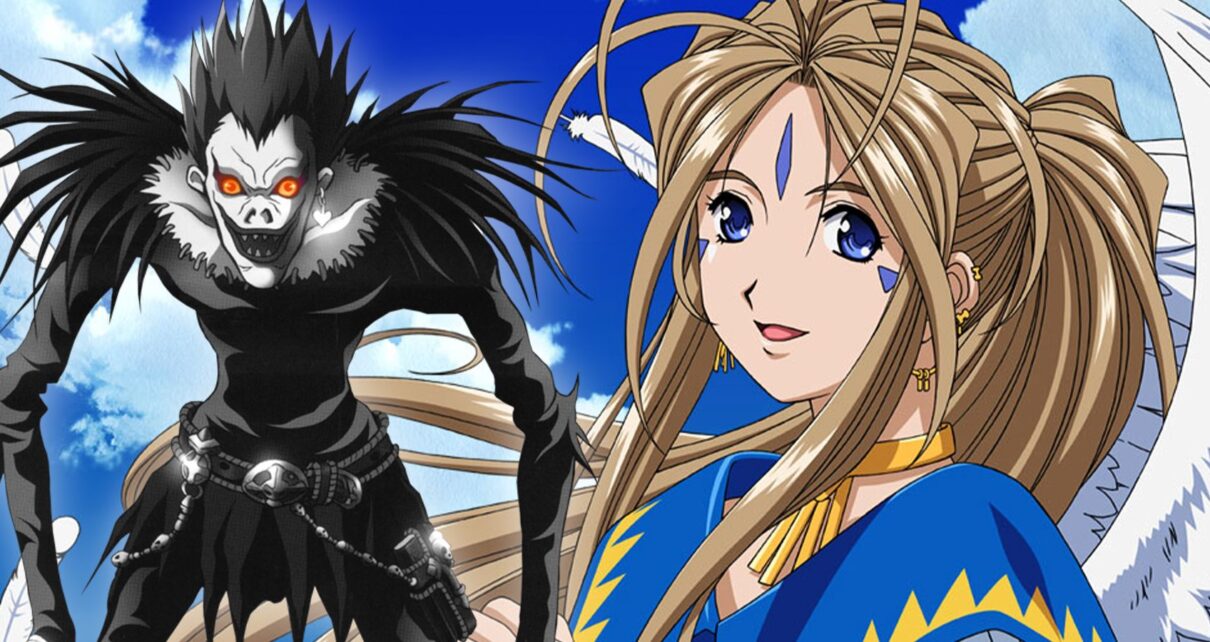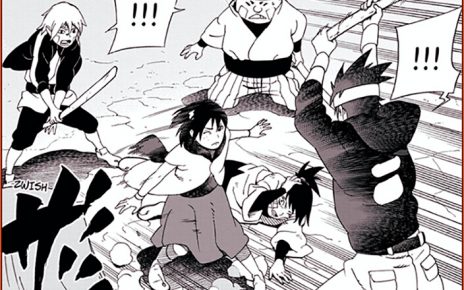Table of Contents
Introduction
In the captivating world of anime, deities from various mythologies and cultures are not just mythic figures but dynamic characters with immense power and complex personalities. This fascinating exploration delves into some of the most powerful and intriguing gods depicted in anime, each bringing a unique blend of might, mystery, and moral ambiguity.
From the digitally omnipotent Lain Iwakura to the universe-creating Haruhi Suzumiya, these characters challenge our perceptions of divinity and power through their extraordinary narratives and actions.
The realm of anime is a melting pot of deities drawn from various global mythologies and religions. Japan, with its predominant Shinto and Buddhist traditions, offers a rich tapestry of spiritual beliefs. Shintoism embraces the idea that spirits, known as kami, can inhabit almost anything, while Buddhism centers more on the enlightenment journey of individuals rather than the worship of gods.
Anime often integrates Western religious and mythological elements with these indigenous Japanese beliefs, resulting in unique portrayals of deities as characters. These divine beings in anime and manga, displaying immense power and might, range widely in their depictions from human-like figures to more abstract forms. They are often pivotal characters, showcasing their divine nature through impressive displays of strength and power.
These characters, with their potentially universe-altering abilities, stand out as some of the most formidable and awe-inspiring figures in television. They consistently demonstrate their divine status, often through incredible acts of power.
18 – No Face (Spirited Away)
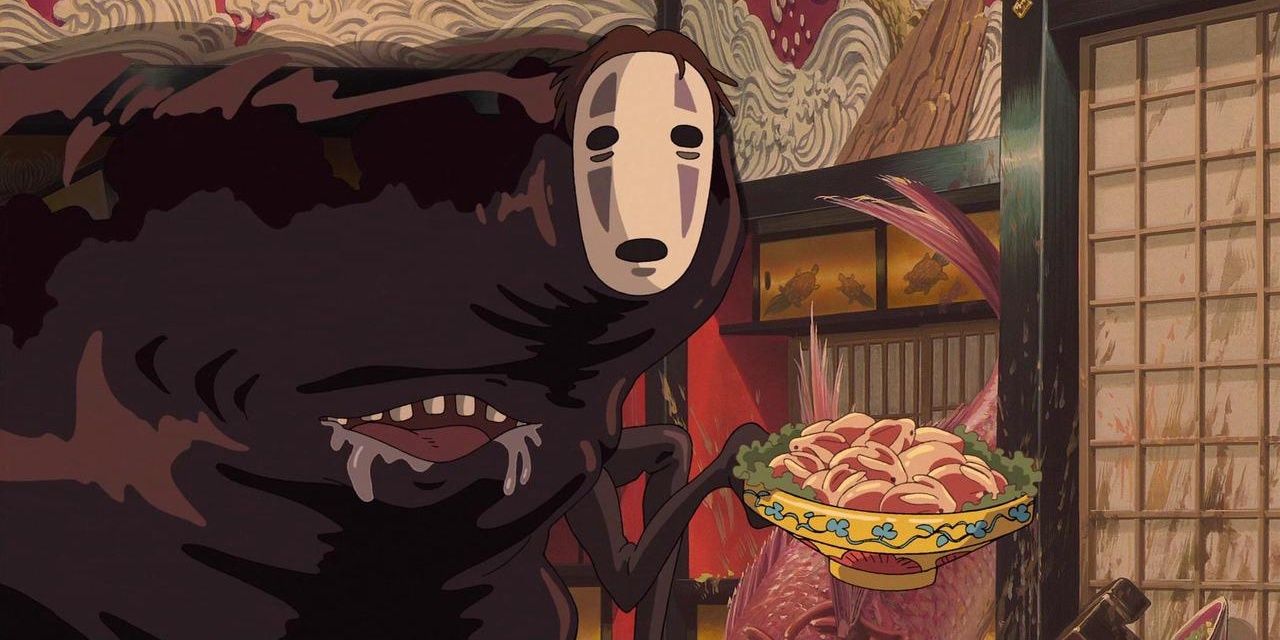
In “Spirited Away,” No Face’s exact divine domain remains a mystery, unlike other characters who preside over specific realms. This enigmatic being consumes other gods and attracts them with his seemingly limitless gold.
No Face exhibits kindness towards the selfless while devouring the greedy. Despite possessing a gentler side, No Face can be a terrifying force for those driven by avarice.
17 – Zeus (Record of Ragnarok)
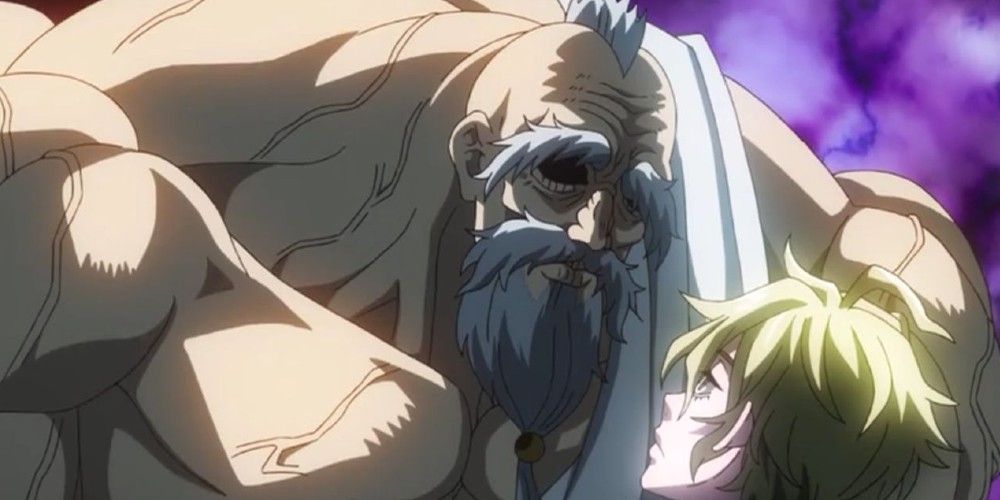
In “Record of Ragnarok,” Zeus, much like his Greek Mythology counterpart, reigns supreme among the gods. Despite his often elderly appearance, his true might is formidable. Zeus relishes defeating foes, using various forms to maintain an advantage, including transforming into a muscle-bound giant.
Zeus’s temperament is fiery, and he reacts intensely to the defeat of other gods. Known for both his emotional volatility and unparalleled strength, Zeus stands as a formidable deity in the anime pantheon.
16 – Koenma (Yu Yu Hakusho)
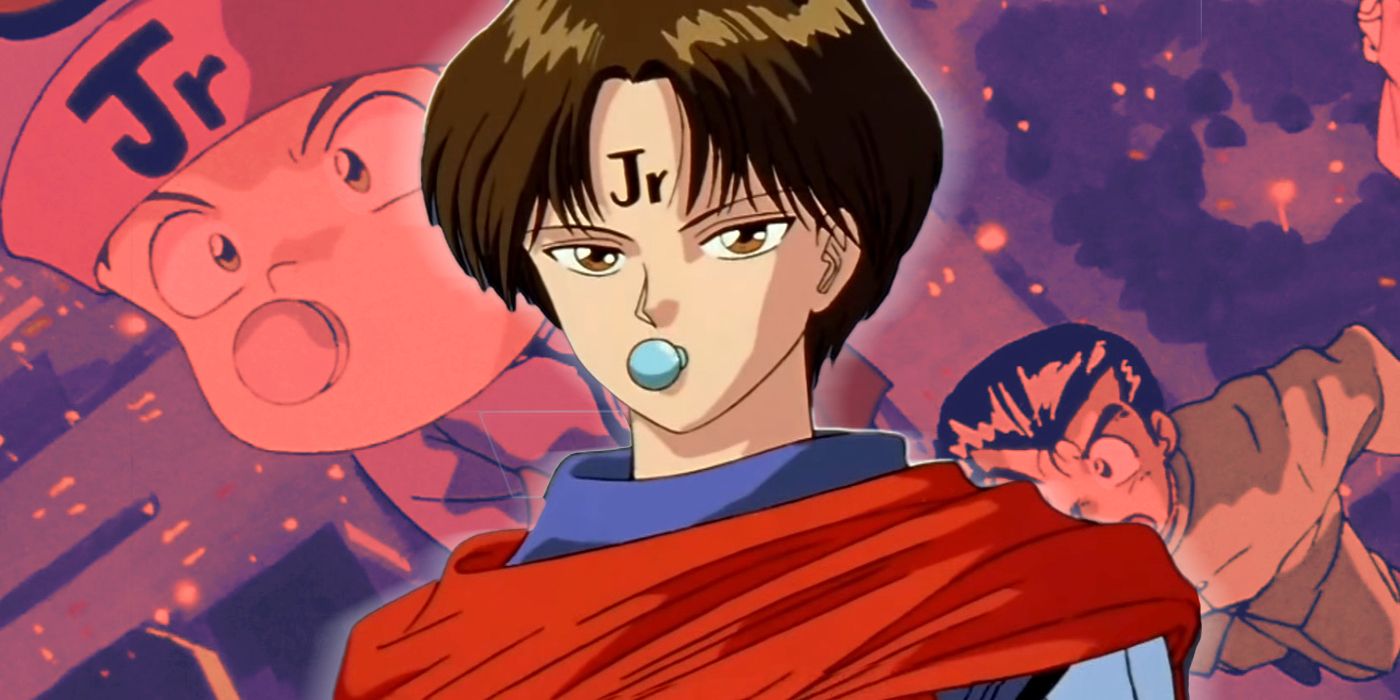
In the world of “Yu Yu Hakusho,” Koenma, despite not being inherently powerful, becomes formidable with his Ma Fu Kan (pacifier). His abilities include shapeshifting and basic shielding, but his pac
ifier allows him to surpass Enma, King of the Spirit World.
With the pacifier, Koenma can create the series’ most powerful defensive barrier and even resurrect the dead. This accessory elevates him to the status of an immensely powerful god.
15 – Sosuke Aizen (Bleach)
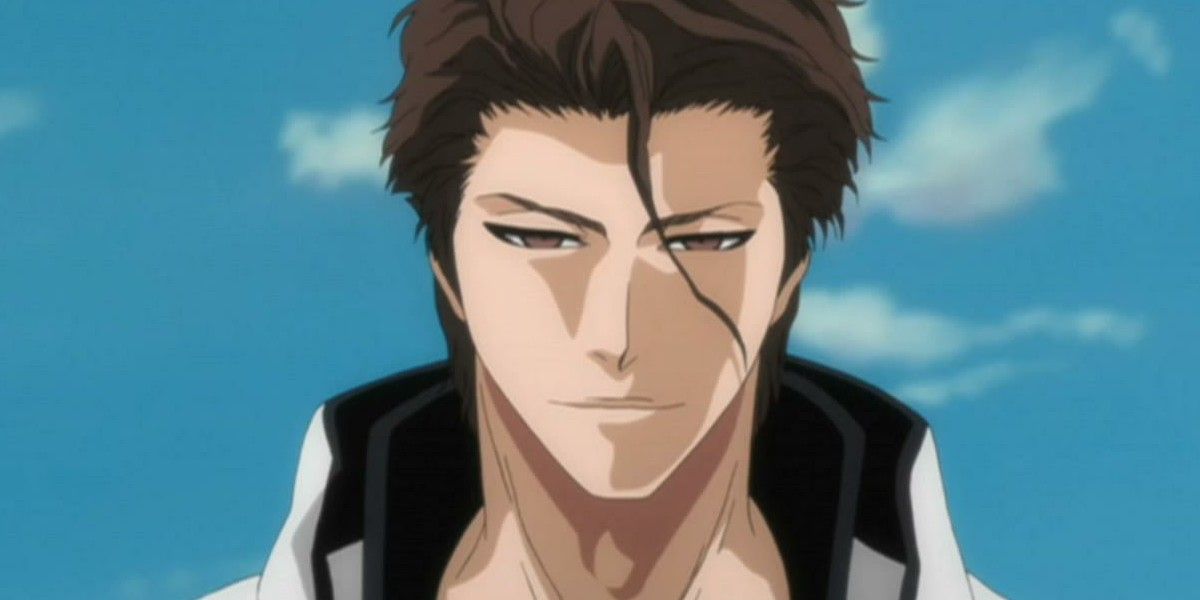
In “Bleach,” “shinigami” or “death gods” are central, with Sosuke Aizen emerging as the most powerful. His strength is so vast that he lacks empathy for his fellow shinigami. Aizen’s zanpakuto, Kyōka Suigetsu, grants him the ability to hypnotize others.
Ultimately, Aizen is defeated and imprisoned, not by gods, but by the human/demigod Ichigo Kurosaki. Despite his power, Aizen is not invulnerable to human intervention.
14 – Belldandy (Ah! My Goddess)
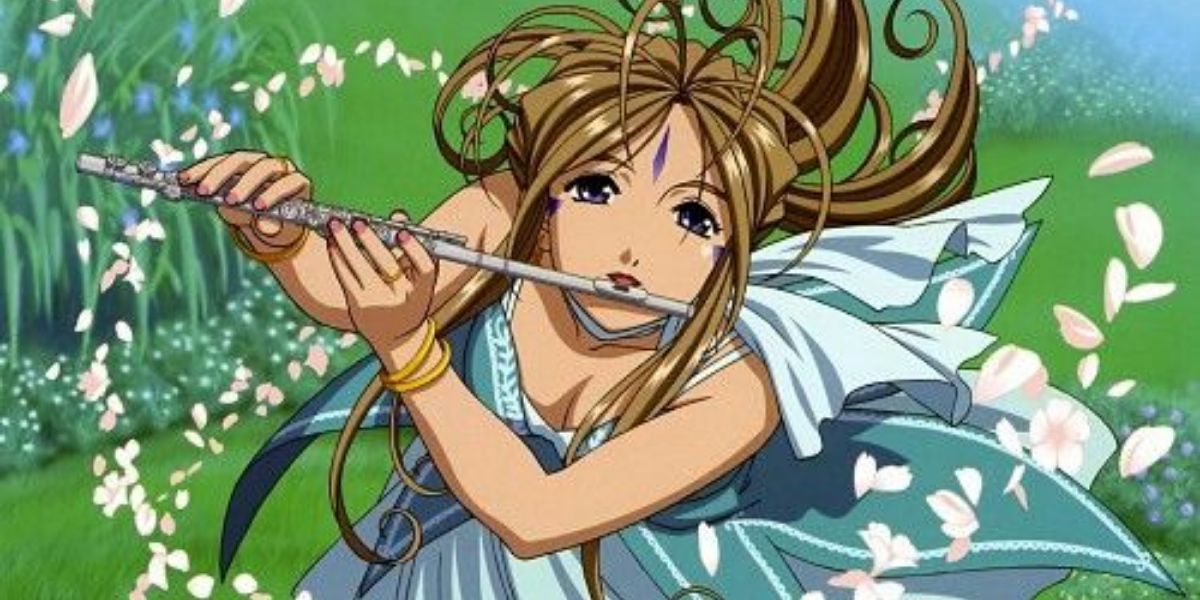
In “Ah! My Goddess,” deities function as programmers of the Yggdrasil system. Belldandy, though not the highest-ranked, wields significant power. She consciously limits her strength to protect humans.
Belldandy can transform, fly, heal, teleport, understand every language, and is an expert in combat, yet she usually avoids violence. Her power fluctuates with her emotional state, particularly when suppressing negative feelings.
13 – Tenchi Masaki (Tenchi Muyo)
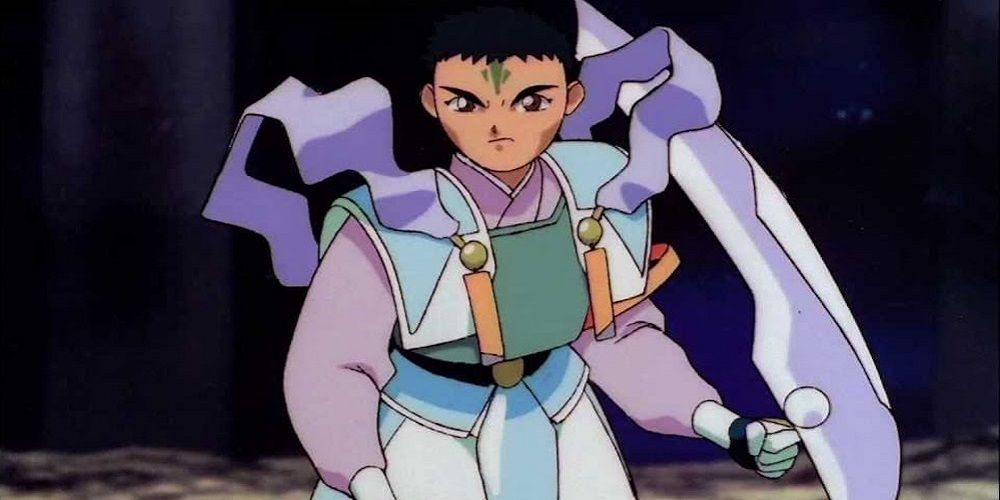
In “Tenchi Muyo,” Tenchi Masaki, originally a creator god, now lives as a human-alien hybrid, unaware of his divine past. His powers, often manifesting in critical moments, include energy manipulation and creating Light Hawk Wings.
Tenchi’s full godly potential is revealed only briefly, suppressed to prevent universal destruction. Even in a restrained state, Tenchi possesses considerable divine power.
12 – The Narrator (Space Dandy)

In the quirky “Space Dandy,” The Narrator, an omnipresent voice, interacts occasionally with the characters. When manifesting physically, he becomes a Chameleonian alien, capable of shapeshifting.
As a god, The Narrator’s influence extends beyond physicality, and his focus on Dandy hints at a deeper connection in the cosmic narrative.
11 – Tet (No Game No Life)
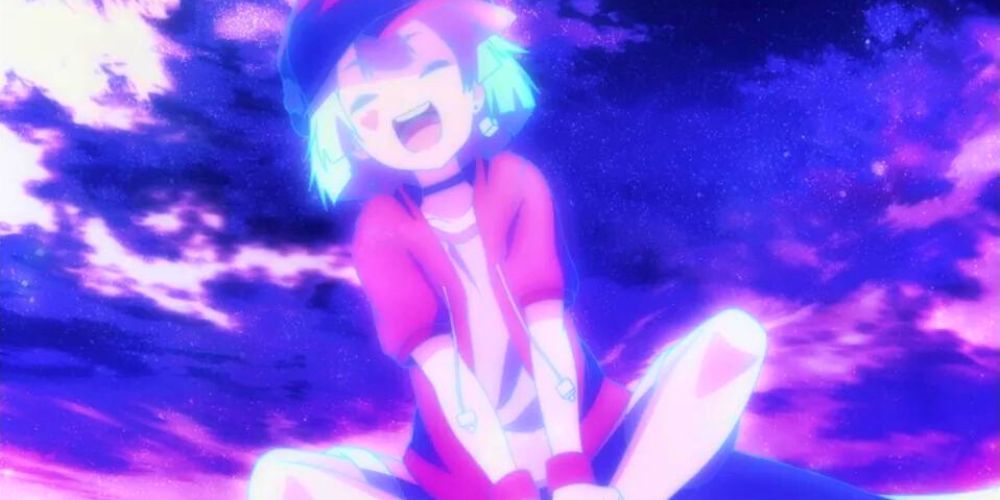
“No Game No Life” features Tet, a childlike deity who rules through games. After acquiring the Suniaster, he becomes the One True God, setting challenges for the protagonists, Sora and Shiro.
Tet’s playful nature and strategic genius make him a captivating and powerful god in the anime realm.
10 – Madoka Kaname (Puella Magi Madoka Magica)
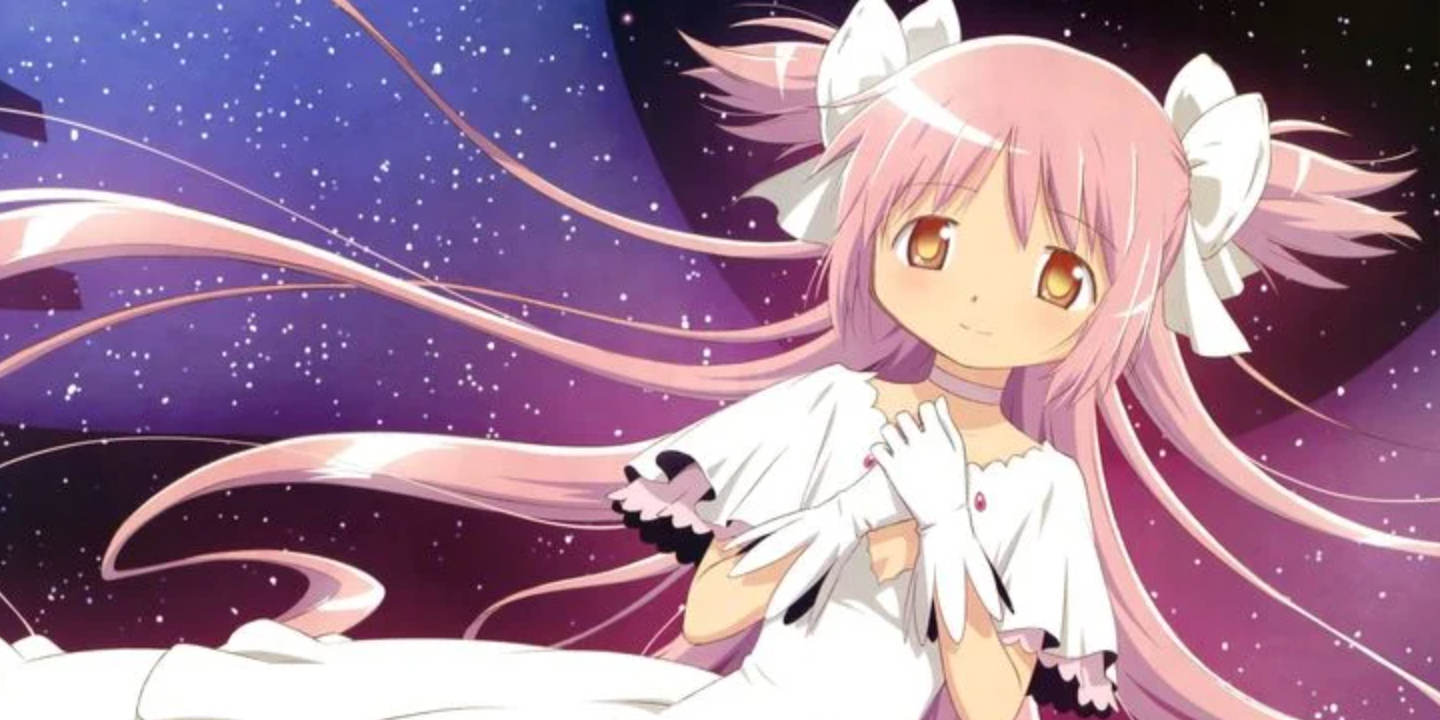
In “Puella Magi Madoka Magica,” Madoka’s wish is so profound that it reshapes the universe and elevates her to goddess status. However, Homura’s obsession leads her to bring Madoka back to mortal form, a move that stirs controversy among fans.
Despite this, Madoka remains one of the anime world’s most potent deities.
9 – Yato (Noragami)
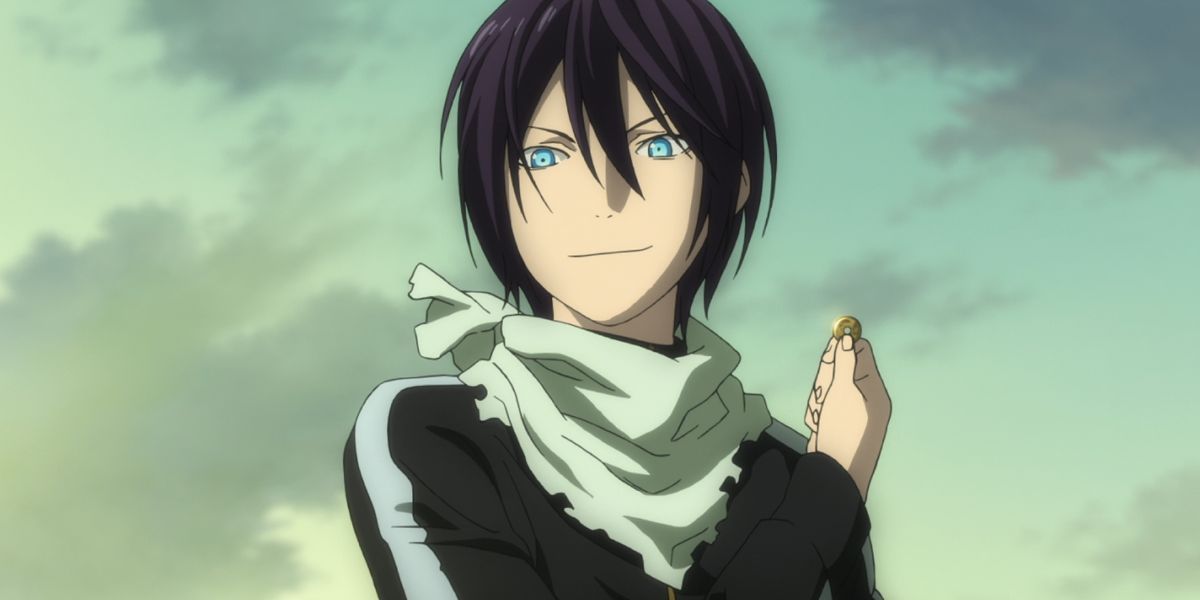
Yato in “Noragami,” once a feared god of calamity, now struggles to survive. With his regalia Yukine, he combats malevolent spirits and safeguards his friend, Hiyori Iki.
Although Yato’s past is dark, he is on a path of redemption, regaining his strength for benevolent purposes.
8 – Lain Iwakura (Serial Experiments Lain)
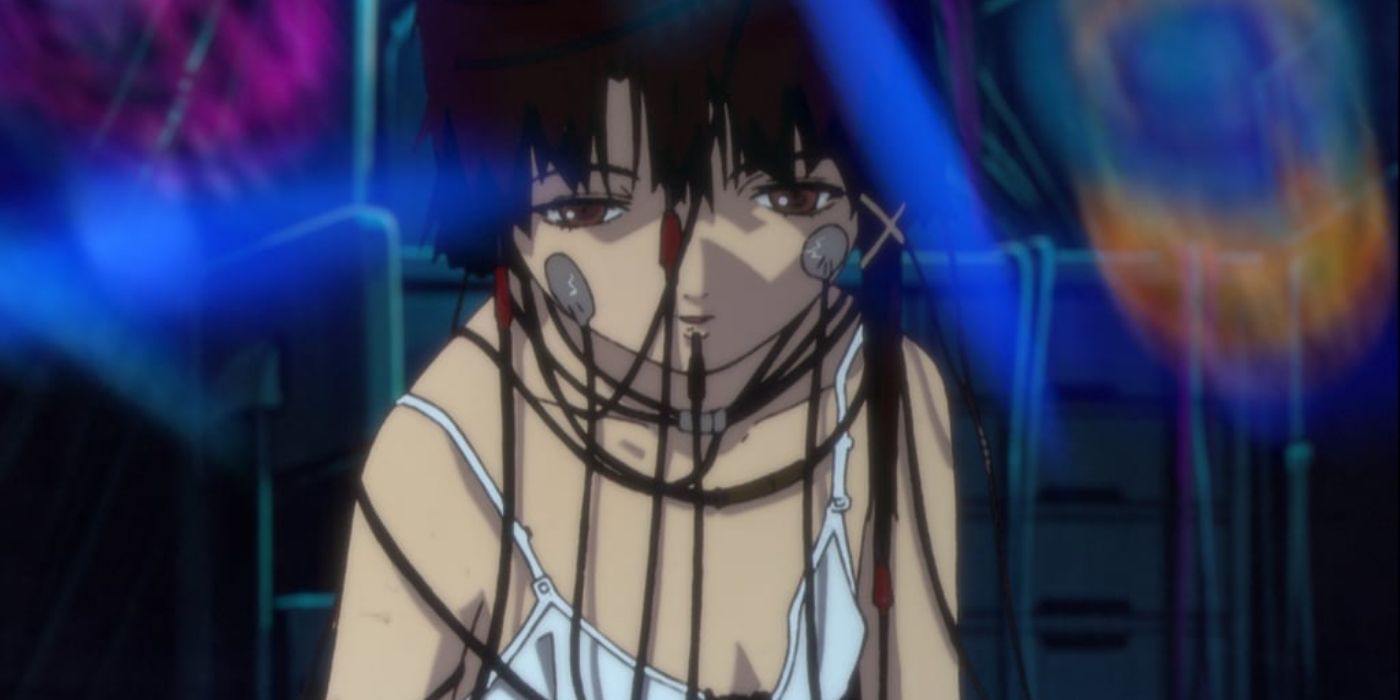
7 – Kaguya Otsutsuki (Naruto)
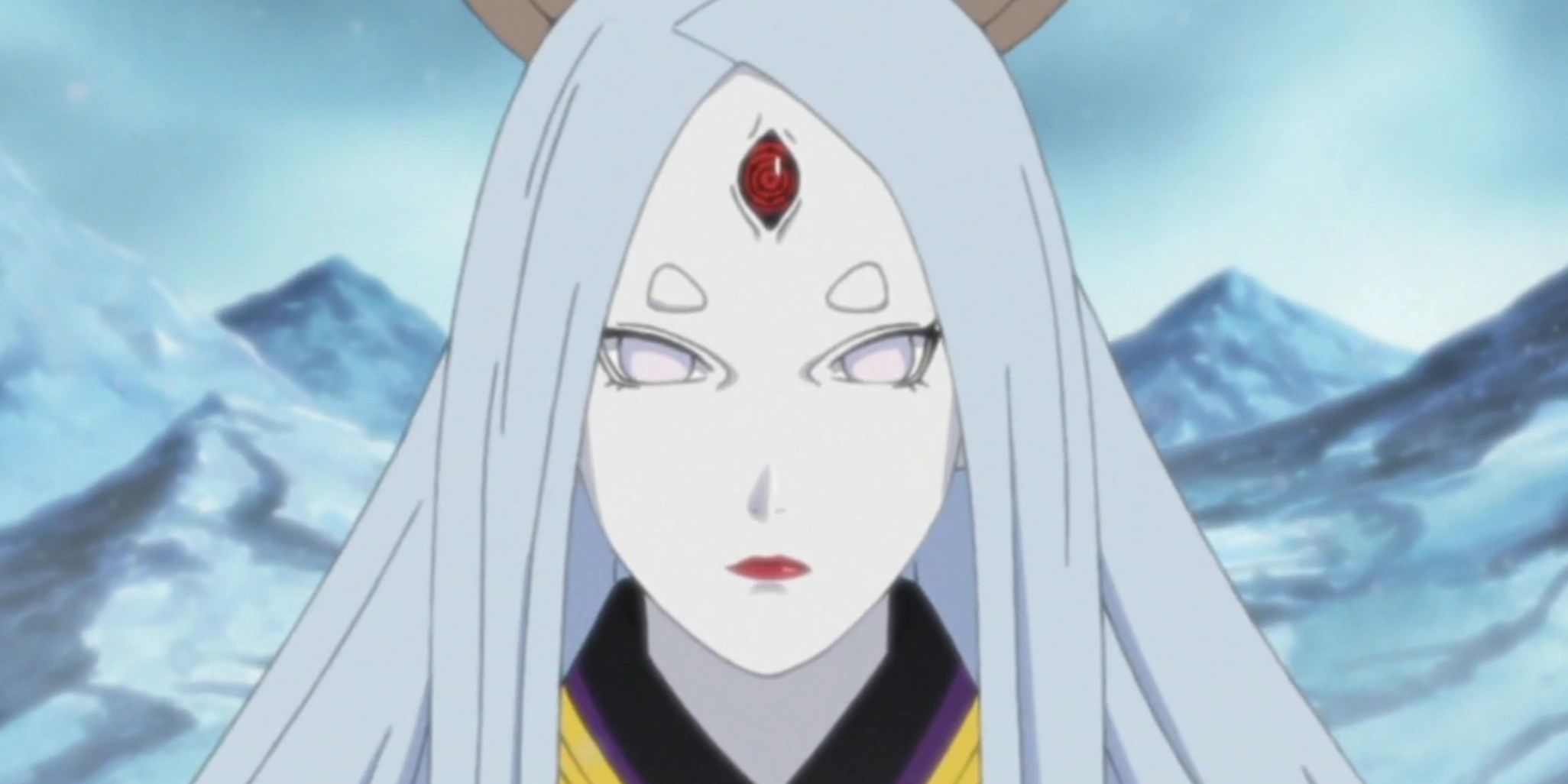
In the “Naruto” series, Kaguya Otsutsuki emerges as a formidable antagonist. Originally intended as a sacrificial figure, she rebels against her fate, harnessing chakra to ascend to godhood. Her journey is marked by an insatiable quest for power, transforming her into a figure of pure rage and aggression. Kaguya’s narrative arc underscores the corrupting influence of power and her eventual downfall serves as a cautionary tale.
6 – The Great Forest Spirit (Princess Mononoke)
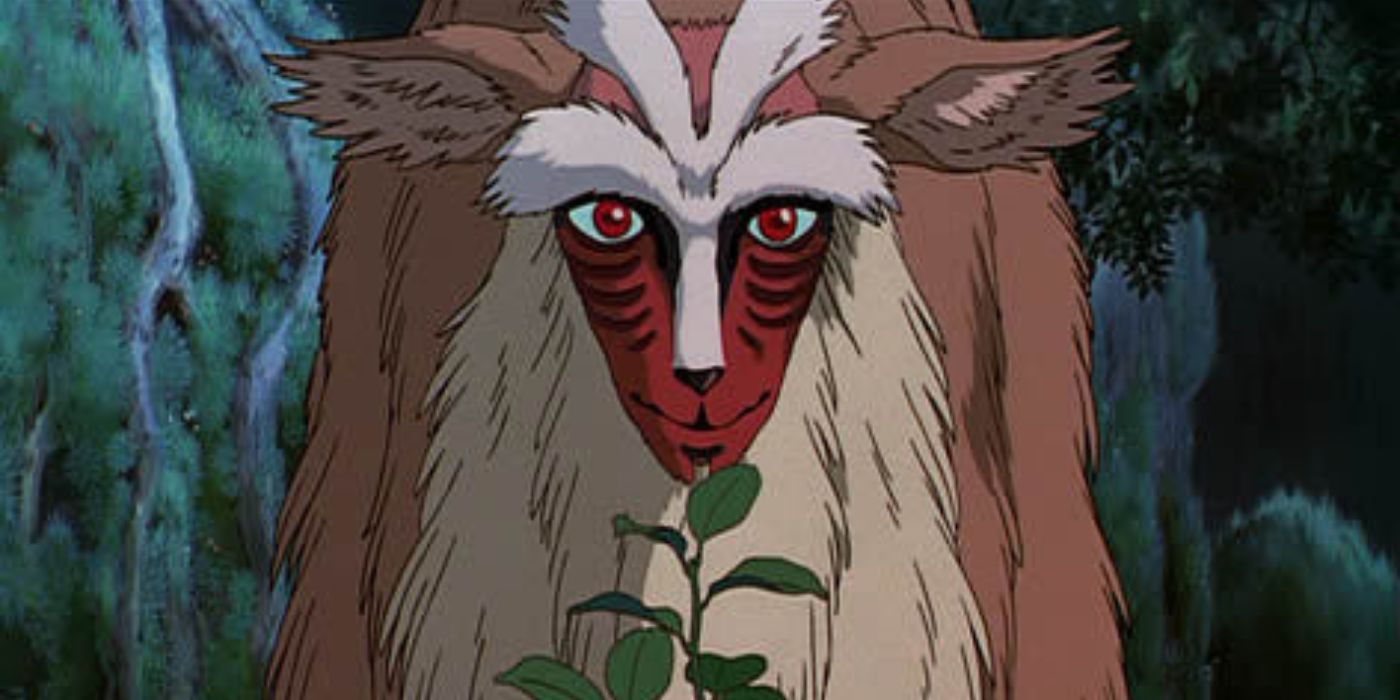
“Princess Mononoke” explores the conflict between nature’s gods and human industrialization, with The Great Forest Spirit at the center of this struggle. This deity, shifting between a deer-like form by day and a spectral entity by night, embodies the balance of life and death. The film’s climax, where the Spirit’s decapitation leads to catastrophic consequences, underscores the fragile equilibrium between humanity and nature, and the profound impact of environmental stewardship.
5 – Ryuk (Death Note)
.jpg)
In “Death Note,” Ryuk, a shinigami, is a pivotal figure whose actions set the story’s events into motion. Despite Light Yagami’s godlike delusions after acquiring the Death Note, it’s Ryuk who possesses the true power. His decision to drop the notebook into the human world is driven by amusement, not malice. Ryuk’s neutral stance is exemplified when he seals Light’s fate, demonstrating his detachment and the inherent risks of the Death Note.
4 – Arceus (Pokémon)
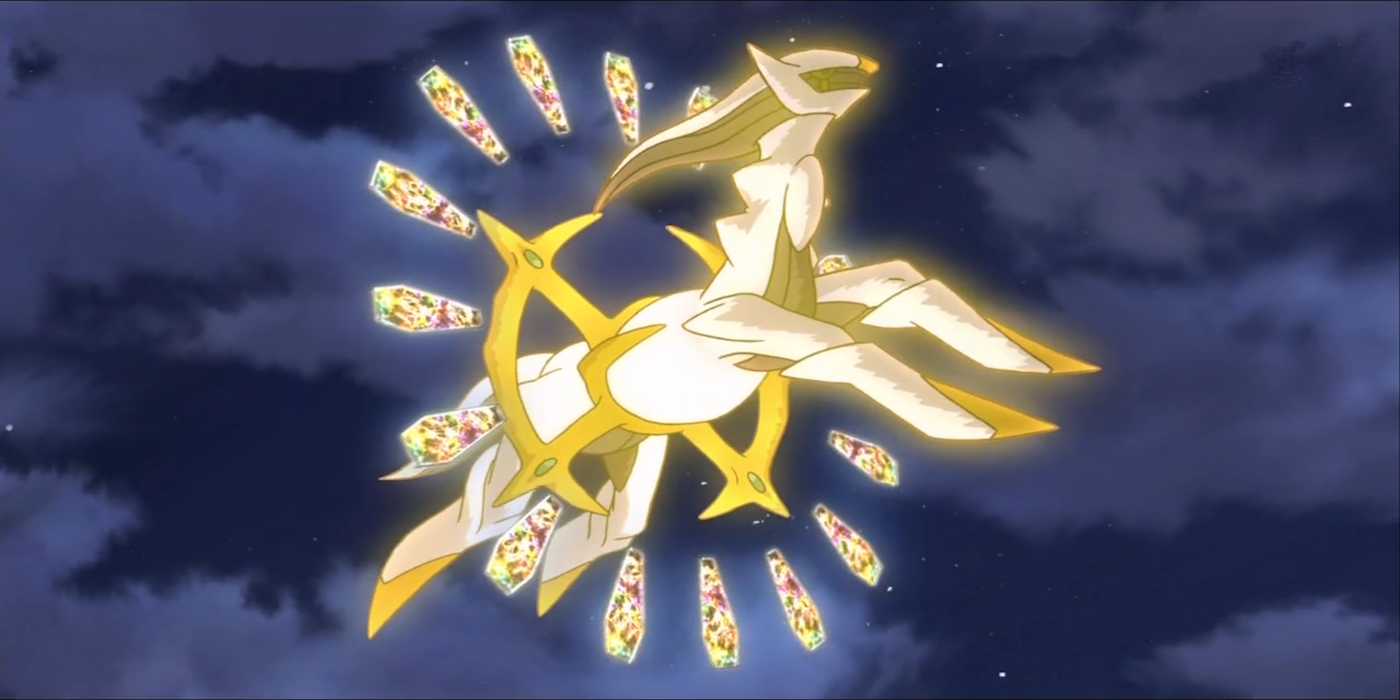
Arceus, in the Pokémon universe, epitomizes divine might, with control over time and dimensions. This capability positions Arceus as a
formidable entity, capable of altering the fabric of reality. However, the potential to strip Arceus of its immortality by removing its plates adds a layer of vulnerability, making its story a blend of omnipotence and strategic caution.
3 – The Truth (Fullmetal Alchemist: Brotherhood)
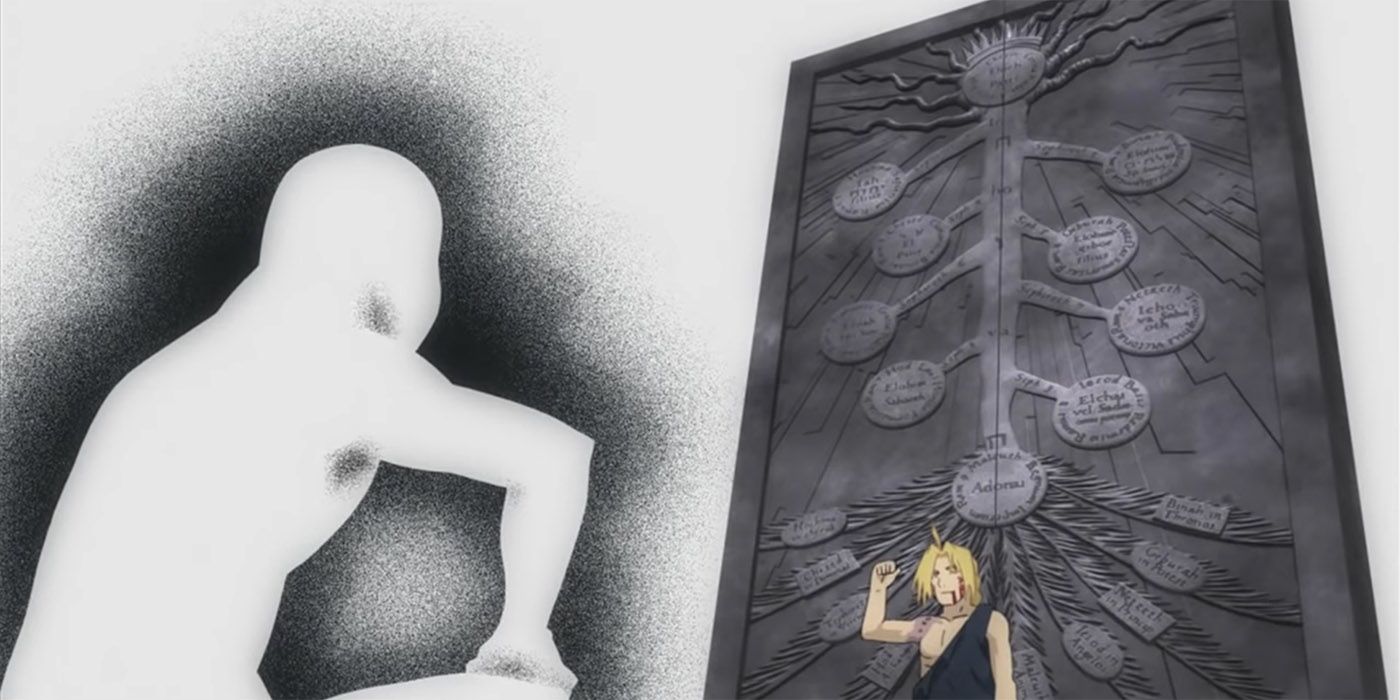
In “Fullmetal Alchemist: Brotherhood,” The Truth represents an abstract, yet formidable concept of divinity. It personifies the world’s natural laws, enforcing them with an impartial, often harsh hand. This depiction of The Truth challenges the characters, especially Father, who seeks to usurp its power, only to face dire consequences. The series uses The Truth to delve into themes of humility, sacrifice, and the immutable nature of universal laws.
2 – Haruhi Suzumiya (The Melancholy of Haruhi Suzumiya)
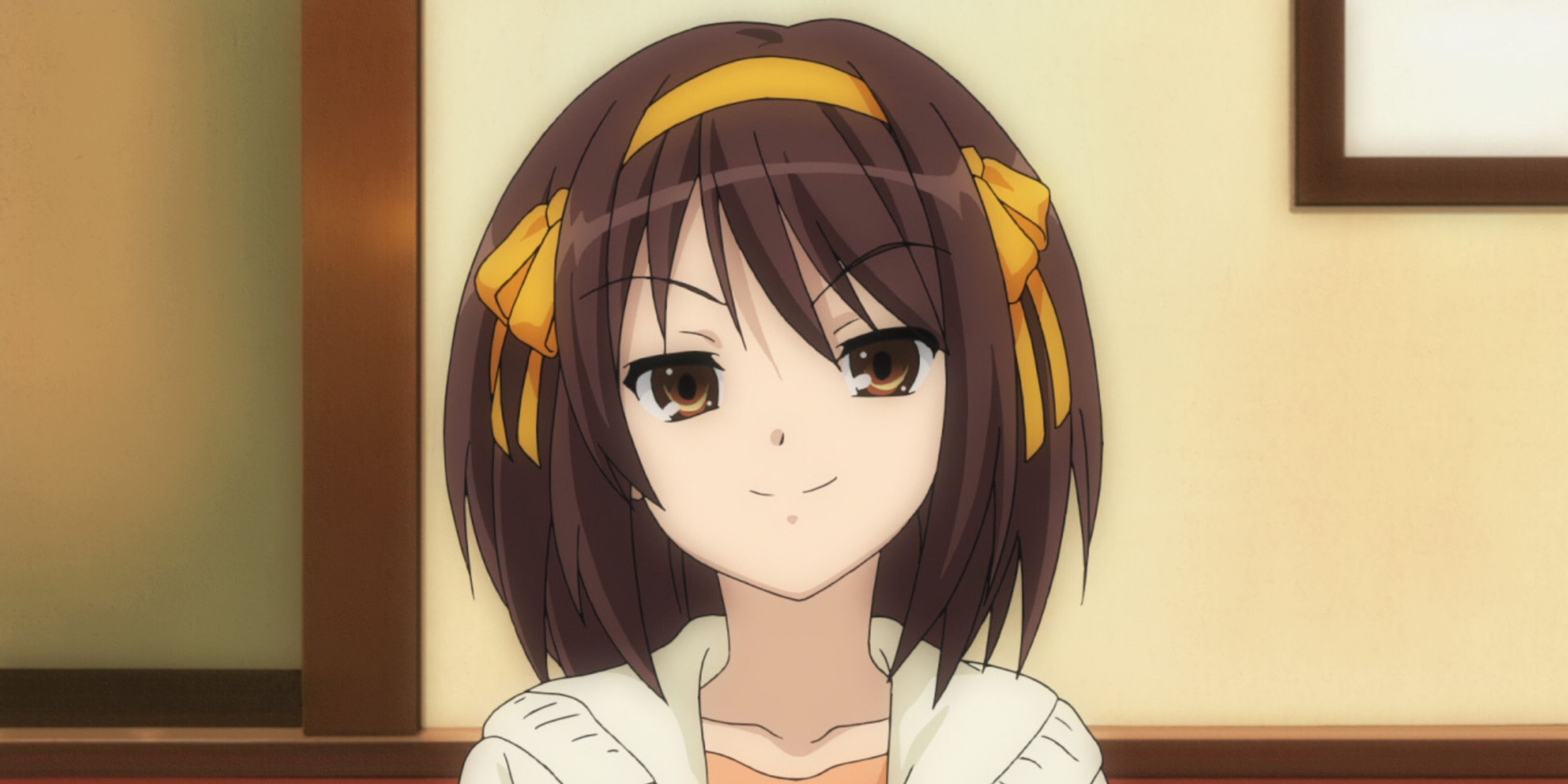
“The Melancholy of Haruhi Suzumiya” revolves around the enigmatic Haruhi Suzumiya, a godlike figure who unconsciously shapes reality. Her whims and desires unknowingly bend the fabric of the universe. The SOS Brigade’s efforts to keep her entertained and oblivious to her powers reflect a delicate balance between whimsy and the potential for cosmic upheaval, making her a uniquely compelling character in the anime world.
1 – Zeno (Dragon Ball)
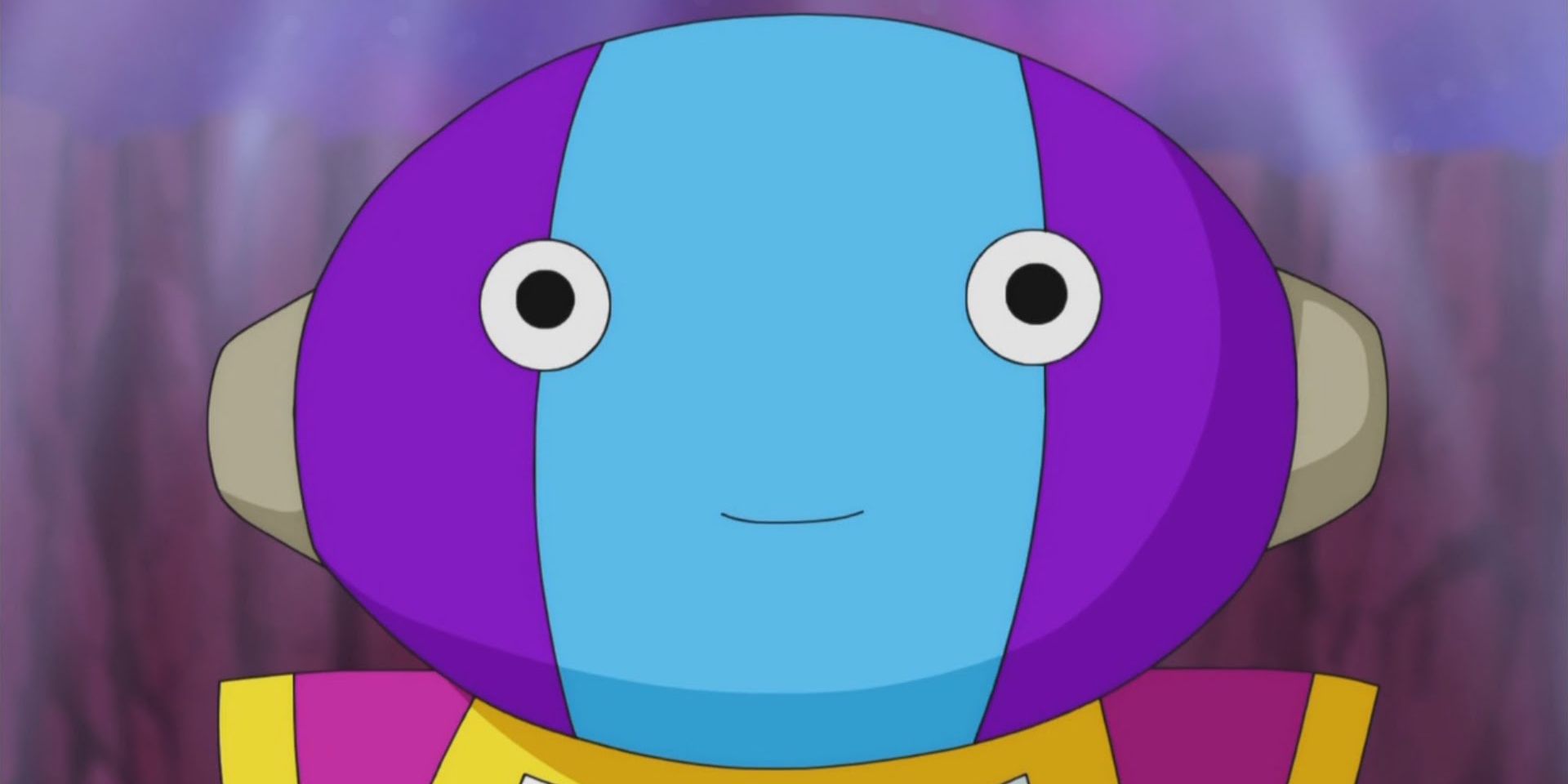
In “Dragon Ball Super,” Zeno stands as the supreme deity across the universes. His childlike demeanor belies his unparalleled power, having once annihilated six universes in a fit of rage. Zeno’s role in the series is unique, preferring to observe cosmic battles rather than engage in them, underscoring his status as an untouchable entity in a universe filled with powerful beings.
Final Thoughts
Anime’s portrayal of gods goes beyond mere power displays, offering a deeper look into themes like the human condition, the balance of nature, and the consequences of absolute power. These characters, from the whimsical Zeno to the profound Truth, represent more than their might; they symbolize various aspects of life and existence. Their stories remind us that power can be both awe-inspiring and a heavy burden, making these gods not just formidable beings but also reflections of the diverse tapestry of human emotions and dilemmas.
Follow us on pinterest
